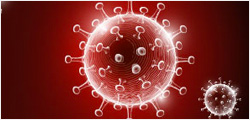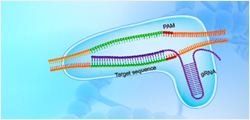IgE, His & Avi, Human
Immunoglobulin E (IgE) is well known for its role in allergic disease, the manifestations of which are mediated through its two Fc receptors, FcεRI and CD23 (FcεRII). IgE and its interactions with these receptors are therefore potential targets for therapeutic intervention, and exciting progress has been made in this direction. Furthermore, recent structural studies of IgE-Fc, the two receptors, and of their complexes, have revealed a remarkable degree of plasticity at the IgE-CD23 interface and an even more remarkable degree of dynamic flexibility within the IgE molecule.
| ¥4100 | |
| Z05403-100 | |
|
|
|
|
|
|
|
|
|




































